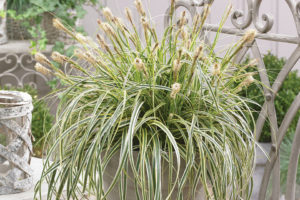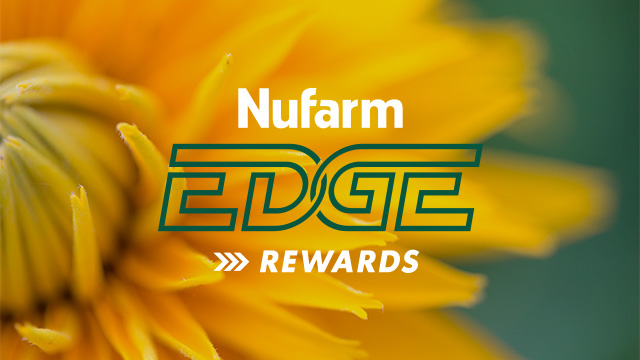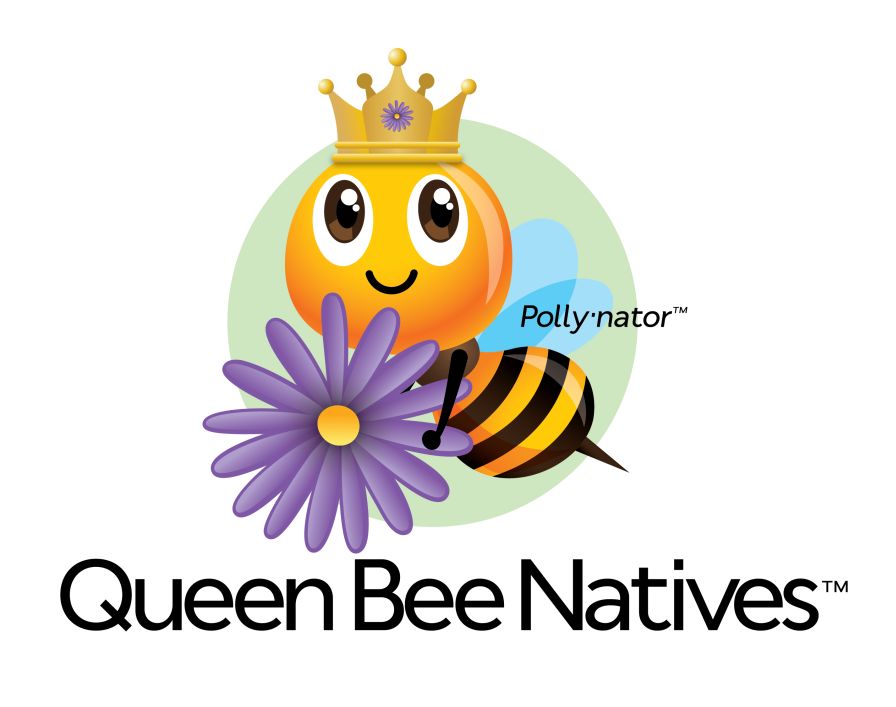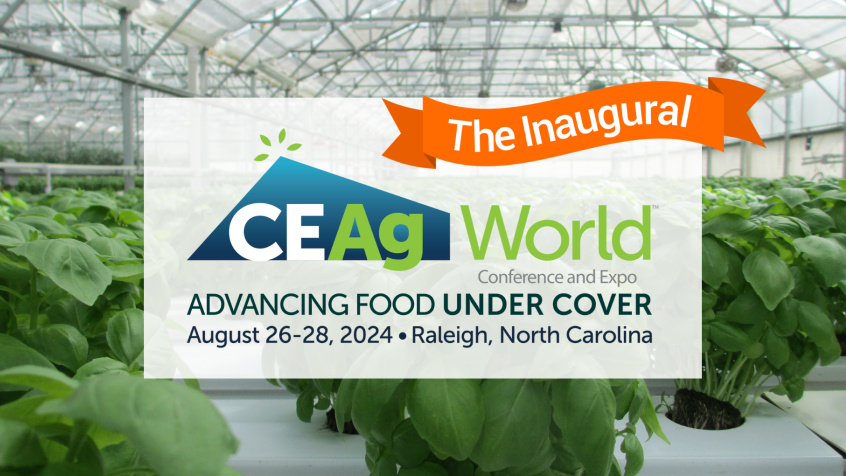Allan Armitage on Hot New Perennials for 2018

Carex ‘Featherfalls’
I am working on the 4th edition of my perennial tome, “Herbaceous Perennial Plants.” In my rookie days as a plantsman, I could not believe we were still breeding another petunia, begonia, or calibrachoa. “So many annuals,” I would cry.
But these pale compared with some of the perennial genera. Did you know there are 86,647 registered daylilies and 5,747 hostas, and no end in sight for dahlias, iris, and peonies? Compared to those, the 210 heucheras, and 86 echinaceas I describe in my book are but dust in the wind. Selections of echinacea, coreopsis, heuchera, and salvia keep expanding and will always be in the mix, but here are some of the perennials I think may increase in value in 2018.
Carex
The sedges are already well positioned for additional growth. The non-native colorful forms, such as the Evercolor series (Evergold, etc.) will only get stronger on the ornamental side of landscaping and gardening. The native forms (C. appalachia, C. pensylvanica, C. plantaginea, etc.) will continue to be a mainstay for native installations.
Gaillardia
This is a curious genus to include in the discussion, as their performance historically has been all over the map. However, I cannot help but be impressed with the additional cold tolerance and heat adaptability I have witnessed in recent years. Reports from Zone 5 (and even much farther north if snow cover is consistent) suggest perenniality. Take a closer look at this group, especially the newer breeding like the Spin Top series, particularly ‘Spin Top Red.’

Helleborus is a perennial known for its deer resistance. Pictured: H. ‘Frostkiss Penny’s Pink’
Helleborus
I am a little tired of talking about this group. Yet, on my next talk, dozens of blank looks will appear when I mention the Frostkiss series, the Gold series, or the Wedding Party series. From a handful of seed-propagated selections 20 years ago to the dozens of vegetative selections today (and more to come), this genus cannot be ignored. It will increase not only for the performance in the greenhouse, on the retail shelf, and in the landscape, but also because of its deer resistance.
Heucherella
Heuchera breeders have provided an incredibly colorful palette for the shade. Heucheras have become the perennial go-to plant for brightening shady corners of the garden. Sometimes great genera are so talked about, bred so much, or so popular that consumers get a little fatigued. Earned or not, heuchera fatigue is real. I believe that heucherella may well be the next heuchera. Extraordinary selections have been introduced in the last few years, and the development of good series makes them even more desirable. Shade is still an important element in design, and the market needs these. For example, I see series such as the Cascade series and Solar series growing, and I can hardly wait to see the Fun and Games series take off.
Delosperma
I have never been a great delosperma fan, but they are getting harder to ignore. Drought tolerance, low height, colorful flowers, and adaptability are only some of the qualities that have helped this genus gain converts. And how can you ignore the colors in, for example, ‘Fire Spinner’ or the Wheels of Wonder series or Jewels of the Desert series? Many more will soon be available.










